The "Big Sports School" drives youth football, exploring a new national system.
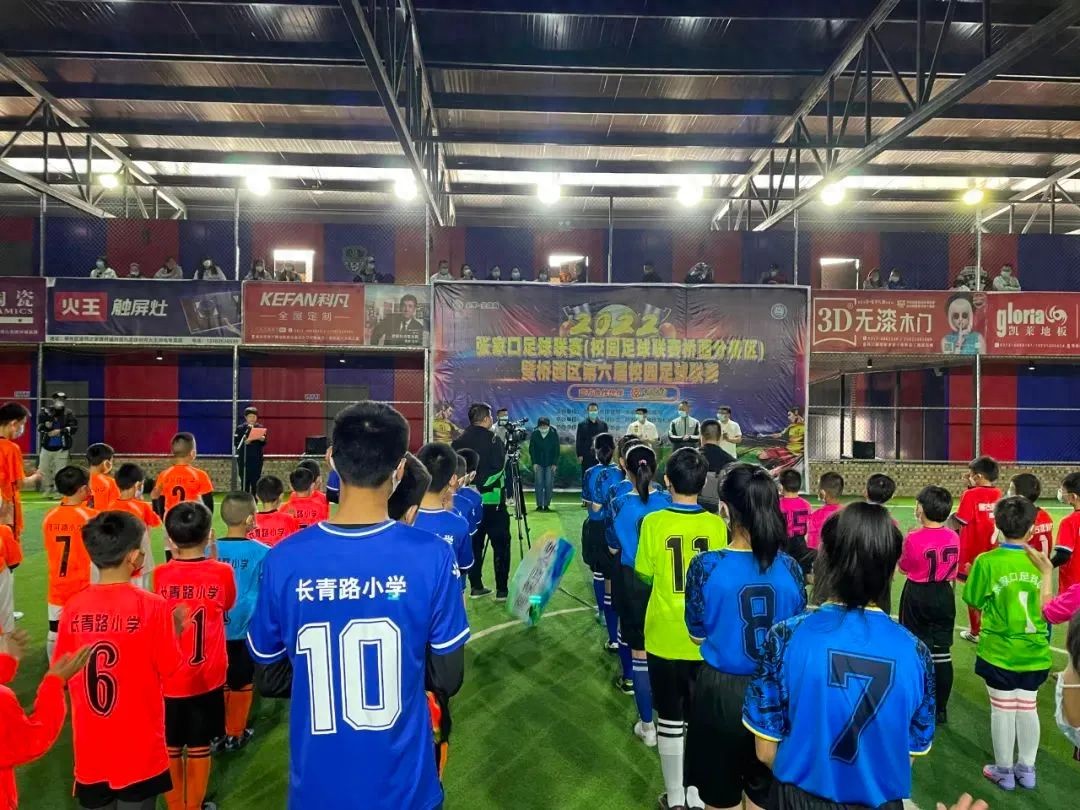
Reporter Chen Yong reports In the national revitalization and development of football, sports schools have been positioned as vital. In addition to campus football and the elite training systems of professional clubs, sports schools under the sports system will also take on the responsibility for developing youth football.
However, there is significant controversy regarding how sports schools can effectively manage football. The reporter once experienced a dialogue between the main leaders of sports in a prefecture-level city: one was the head of the three major ball centers, and the other was the head of the sports school. The sports school side believed that by strengthening facilities, coaches, and teachers, and constructing a fully established team within the sports school, the overall football level could be significantly improved. The three major ball centers, on the other hand, argued that the focus should be on increasing the popularity of campus football and improving the urban youth event system, thereby building a well-structured team.
The sports school side maintained that sports schools are fully manageable within the sports system and have produced many outstanding athletes, so training in football should not be a problem. The three major ball centers contended that football is a team sport, and truly enhancing it comes from broadening participation to identify talent. They believe the current sports school model is more suitable for the development of women's football.
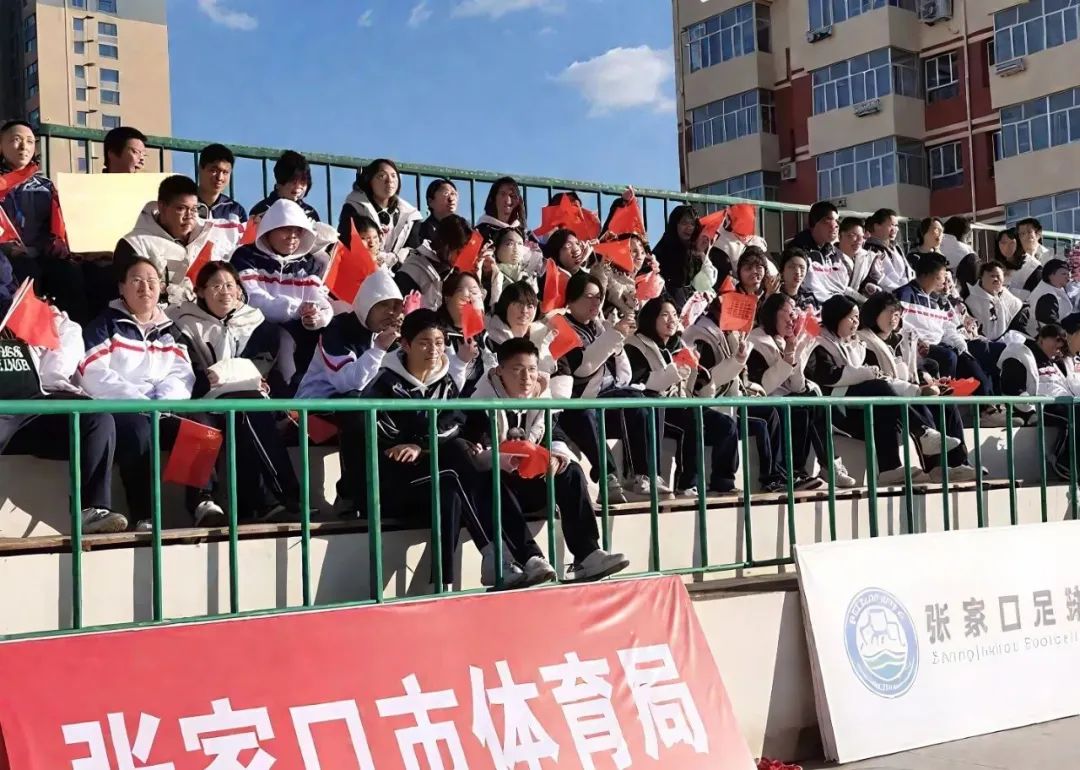
In summary, the sports school emphasizes a path of "team building + training + enhancement," while the three major ball centers focus on "popularization + talent selection + enhancement." Of course, both sides still share some common ground and are not entirely disconnected. During the discussion, the reporter leaned entirely towards the "popularization + talent selection + enhancement" pathway.
The exploration of football in Zhangjiakou City is particularly worth emulating, as the reforms at the sports school level can be summarized as a "campus football + big sports school + elite sports school" joint model, effectively combining the viewpoints of both sides of the previous discussion: (1) Establishing a comprehensive campus football development system, including a connected system and youth event system; (2) Reforming the existing city sports school into a "big sports school," shifting its role from mere training to management through venue coordination, talent incubation, and grading assessments, thus guiding the development of campus football, youth training, and social football; (3) The newly established Zhangjiakou Ice and Snow Sports School focuses on elite youth training.
Regarding the Zhangjiakou Ice and Snow Sports School, we have already provided a comprehensive analysis in the previous article ("Behind the '3+4' Beyond Policy is Zhangjiakou's Firm Football Dream"). In this article, we focus on the reform of Zhangjiakou's "big sports school" and the development of campus football.
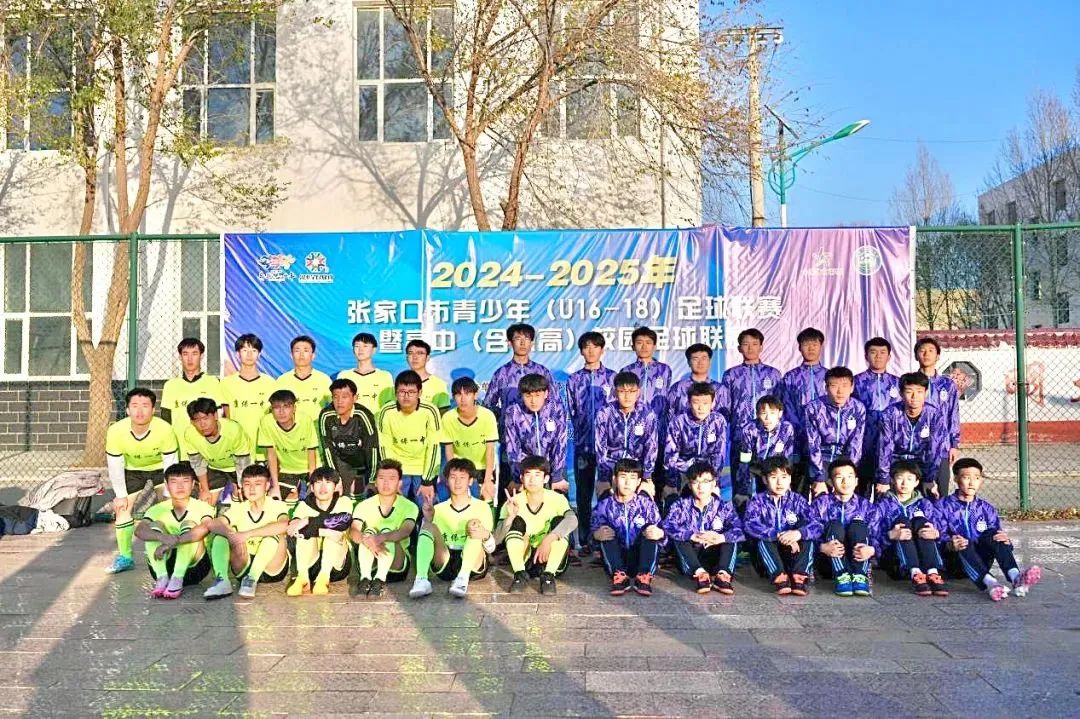

Zhangjiakou's sports bureau does not have a three major ball center or a football management center, which is actually a common situation for many prefecture-level sports bureaus—many cities do not have independent sports bureaus but have unified education and sports bureaus. In this context, the management of football in Zhangjiakou falls under the youth sports department of the sports bureau, and the Zhangjiakou sports school is also under its management.
To comprehensively coordinate the development of football in the city, the Zhangjiakou sports bureau has implemented a "big sports school" reform, transitioning the training functions of the city sports school to management functions, and establishing "four departments and four centers": a comprehensive department, a youth sports skills management department, a venue management department, and an athlete management department, along with a youth sports promotion center, the Daqinghe Competitive Talent Service Center, a club planning and development center, and a training demonstration center. The comprehensive department serves as a support department, with the original training functions of the sports school delegated to the training demonstration center, implementing a project leader system. The other three departments and centers focus on management functions, primarily reflected in the following areas:
(1) Conducting skill level assessments for youth in various sports. Based on the standards of the big sports federation, three levels and nine grades are set, with levels 1 to 3 as entry-level, 4 to 6 as intermediate, and 7 to 9 as professional. Levels 3 and 4 are prerequisites for transitioning from primary to junior high school and from junior high to high school. Based on these assessments, Zhangjiakou has established a "Youth Sports Skills Level" talent pool, collecting information on youth at level 3 and above, which is dynamically updated. This system enables the selection of sports specialty students and facilitates reasonable movement across school districts.
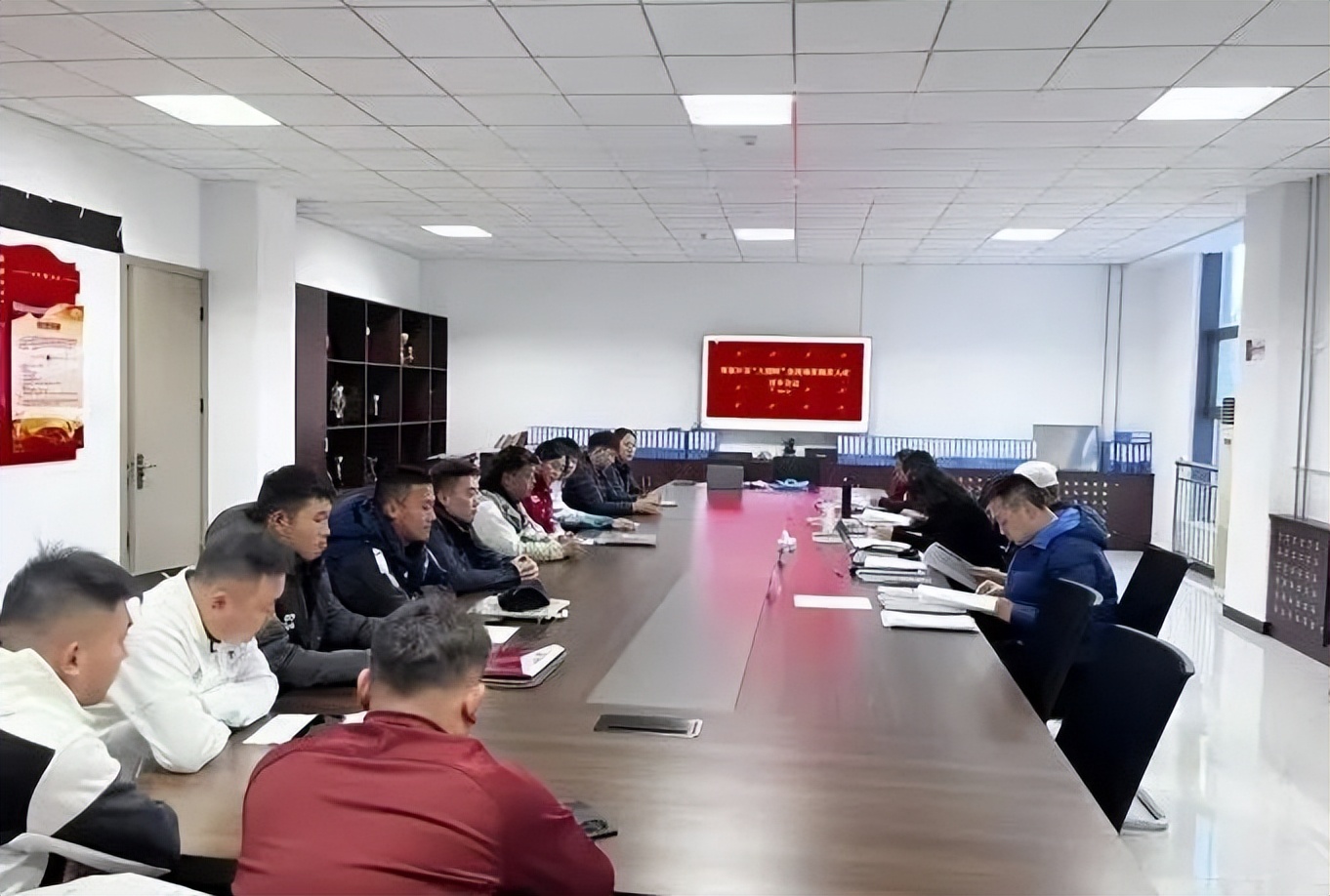
(2) Fully strengthening the construction of the coaching staff. Coaches from the city sports school are fully supporting campus football initiatives, with 12 coaches entering the first batch of 11 primary schools to develop campus football and conducting comprehensive evaluations, updating the incentive mechanisms. After the reform of the incentive system, the highest bonuses increased threefold. Additionally, a coaching level training program tailored to Zhangjiakou has been introduced, divided into four levels: A, B, C, and D. Coaches certified by the Chinese Football Association can be recognized at one level higher, and only those who obtain a D-level certificate can practice in Zhangjiakou. As a result, the number of coaches has increased from 40 in 2018 to 464 currently. In the future, Zhangjiakou will promote the coaching level training of the Chinese Football Association. The Daqinghe Competitive Talent Service Center mainly serves an incubation function, providing support to retired athletes and recruited coaches, while including coaches without venue resources or operational experience into the center, accumulating experience for club incubation.
(3) Coordinating the construction, maintenance, and utilization of venues. Promoting free or low-cost access to venues for youth, encouraging schools to open their football fields to the community, and incentivizing social sports clubs to invest in the construction of football fields through venue subsidy policies, with a focus on ensuring that 104 socially built football fields are accessible to youth at low or no cost.
(4) Fully promoting the development of social sports clubs. First, implementing a club rating system, where clubs are rated from 1 to 5 stars based on their scores. Coaches from rated clubs receive subsidies for training in schools, ranging from 20 to 100 yuan. Currently, 21 sports clubs have 61 coaches participating in 54 schools, engaging 150,000 students in sports activities. Social sports clubs that register a sufficient number of athletes can receive a reward of 20,000 yuan and compete jointly with the city sports school and the Ice and Snow Sports School for qualifications in provincial-level competitions, with equal reimbursement and rewards, thereby incentivizing social sports clubs to grow and strengthen.
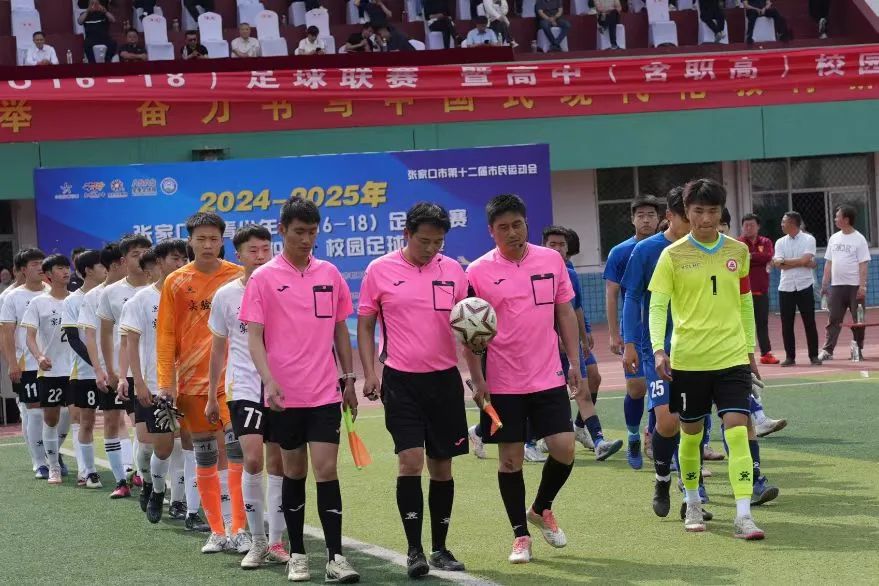
“The initial intention of the 'big sports school' reform is to change the past single training model of sports schools and provide comprehensive services for the development of youth football and social football in Zhangjiakou,” said Liu Kang, head of the Youth Sports Department of the Zhangjiakou Sports Bureau, to the reporter. In fact, after the "big sports school" reform, the division of labor between the Zhangjiakou sports school and the Zhangjiakou Football Association is that the latter focuses more on event development.
The "big sports school" reform in Zhangjiakou has also garnered the attention of the National Sports Administration, which has given a special presentation at related meetings, and its model has been introduced on the National Sports Administration website: “Institutional reform promotes development. To address the issue of a small selection circle for youth sports reserve talents, Zhangjiakou has transitioned the training functions of the city sports school to management functions, resulting in a significant increase in the main body of youth training, effectively stimulating youth participation in training, and establishing a pyramid-shaped reserve talent cultivation model.”
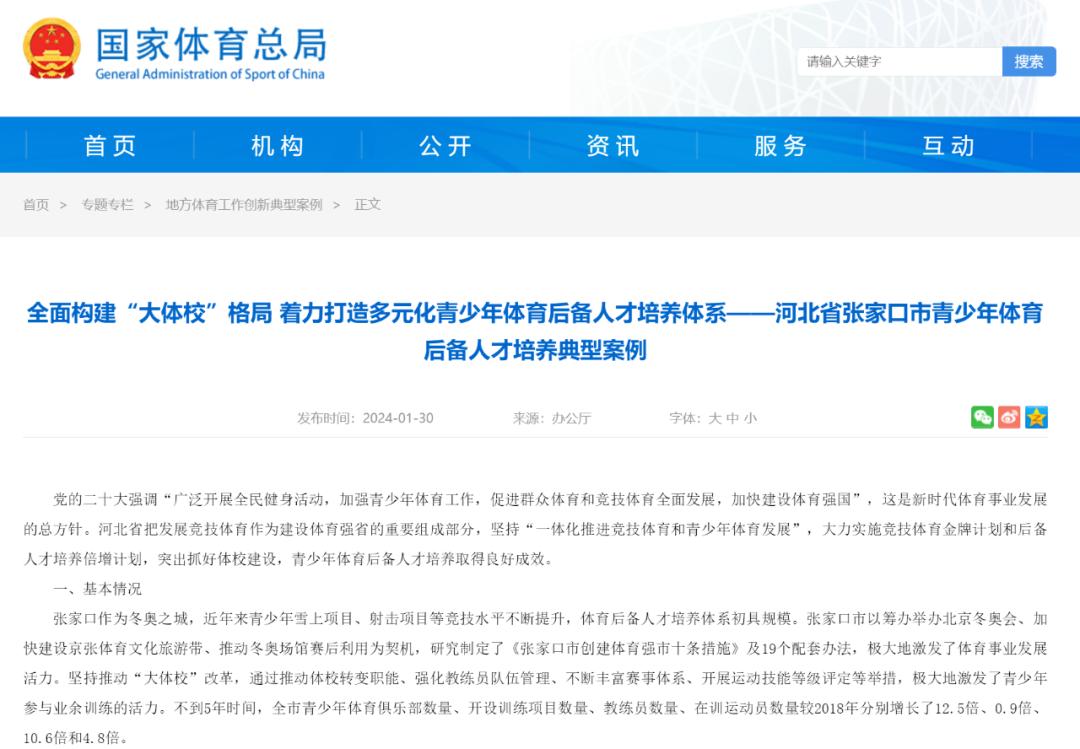

The connected system is the guarantee system for the development of youth football. In terms of football, Zhangjiakou's current layout includes: 11 primary schools for initiation; junior high schools centered around the 19th Middle School and the Ice and Snow Sports School (junior high section) to strengthen skills; high schools led by the First High School for women's football, Xuanhua First High School for men's football, and the Ice and Snow Sports School focusing on elite development and specialized talent cultivation. In terms of popularization, Zhangjiakou has reached 79 youth football clubs and training institutions, with 98 schools featuring youth campus football programs.
Under the coordination of the city sports bureau, the Zhangjiakou Football Association has included all official football matches under the Zhangjiakou Super League (hereinafter referred to as "Zhang Chao"), divided into youth and social groups. We will provide detailed explanations of the social group in subsequent sections.
The youth group is divided into five categories: preschool, primary school, junior high school, high school, and university. The preschool group consists of 5-a-side matches with 16 teams playing 120 matches; the junior high school group features 11-a-side matches with 20 teams playing 44 matches; the university group has 4 teams competing in 6 matches. The primary school group is large, divided into urban and county categories, with age ranges from U8 to U12. U8 and U9 play 5-a-side matches, while U10 to U12 play 8-a-side matches. The urban group has 77 teams competing in 562 matches, while the county group has 108 teams playing 300 matches, with slightly different competition formats: the urban group conducts a round-robin, while the county group features groups and ranking matches.

In 2025, Zhangjiakou will upgrade the "Zhang Chao" high school group to a mid-week home-and-away match system—this is currently recognized as the best competition model for campus football. Generally, this format is easier to implement in primary and high schools, as primary schools have lower venue requirements, and high schools generally have standard venues; conversely, implementing it in junior high schools is extremely challenging, as many junior high schools in the old city area lack standard 11-a-side pitches.
Currently, for the 2025 season, the "Zhang Chao" youth group consists of 246 teams playing 1,132 matches, while the social group includes 336 teams competing in 1,345 matches. In other words, in 2025, Zhangjiakou will conduct 2,477 official football matches, excluding friendly matches. To ensure the smooth running of the "Zhang Chao" youth and social group events, the Zhangjiakou Football Association has 5 full-time event staff, 8 part-time event staff, and 95 registered referees.
“This event system was determined by the sports bureau and the education bureau at the second joint meeting on the integration of sports and education. For the development of football in Zhangjiakou, the two departments are working together to promote the integration of event resources. The sports department is responsible for organizing events, while the education department coordinates schools to participate, achieving a unified organization of events between the two departments, saving costs, avoiding duplicate participation, and realizing joint training,” said Guo Zhiwei, vice chairman of the Zhangjiakou Political Consultative Conference and director of the sports bureau.
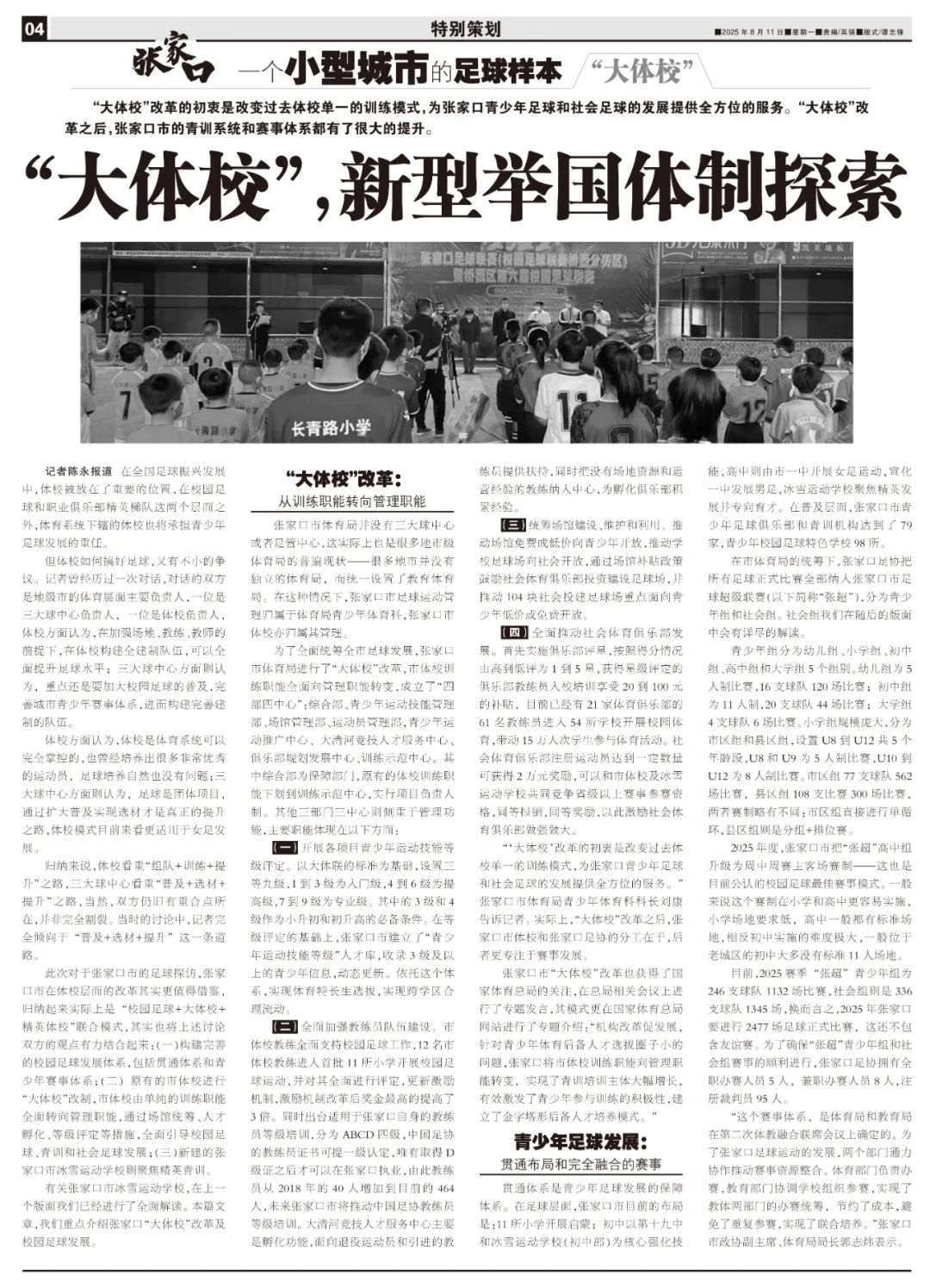


Wonderfulshortvideo
yamal goal yamal highlights yamal pass








 Links
Links
 Contact
Contact
 App
App


